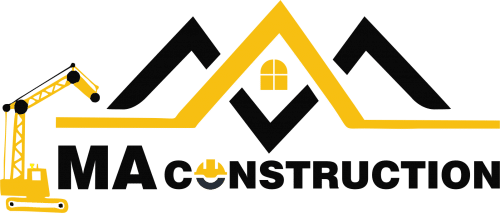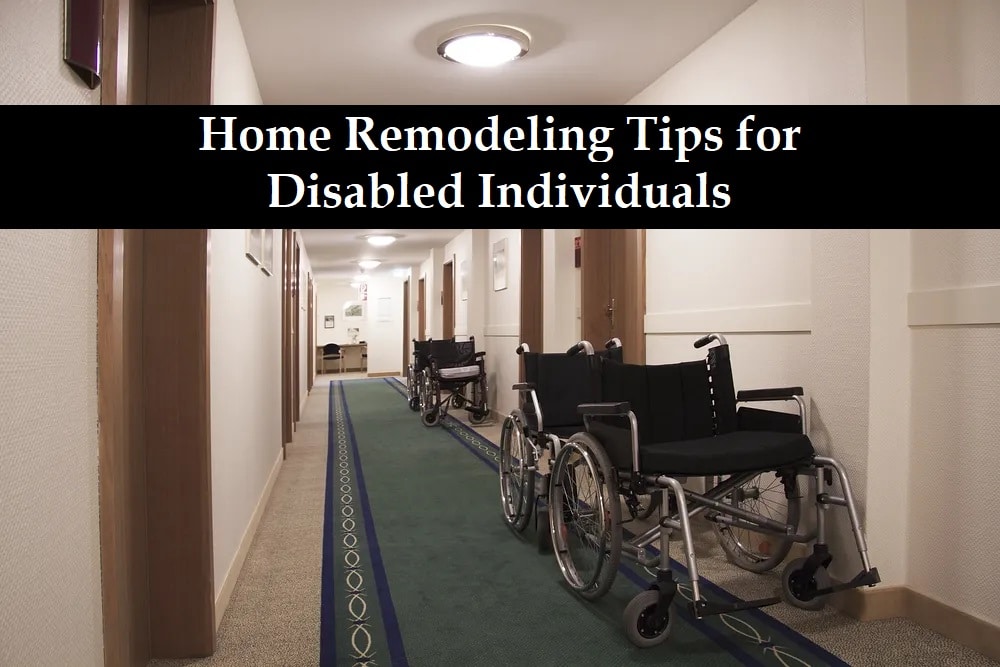A house is more than simply a place to live for many people with disabilities; it’s a haven that offers security, comfort, and accessibility. For those with disabilities, home modification can be crucial in establishing a welcoming and comfortable living space. In this post, we’ll look at a few renovation ideas that can make a house more accessible for people with disabilities.
Wheelchair Accessibility
Wheelchair accessibility is one of the most crucial factors to take into account for people with disabilities. Make sure that all entrances and hallways are broad enough for a wheelchair as the first step in making a house accessible. Doorways must be at least 32 inches wide and hallways must be at least 36 inches wide in order to comply with the Americans with Disabilities Act (ADA). The installation of ramps or elevators to allow wheelchair access to various levels of the house may also be something you want to think about.
Bathroom Remodeling
For people with disabilities, particularly those who use wheelchairs or have mobility issues, bathrooms can be difficult. Remodeling your bathroom can increase its accessibility and safety for those with disabilities. Installing grab bars, lowering the sink and vanity, and adding a shower bench are a few of the changes you can make. A walk-in bathtub or a roll-in shower can also be something you want to think about installing.
Kitchen Modifications
Another room in the house that can require adaptation for people with disabilities is the kitchen. Installing pull-out shelves in the cabinets, lowering the countertops, and putting in a wheelchair-accessible sink are all ways to make your kitchen more accessible. To make it simpler for people with disabilities to prepare food and cook, you might also want to think about installing a wall oven and cooktop.
Flooring and Lighting
When redesigning a home for a disabled person, flooring and lighting are two additional crucial factors to take into account. Typically, hardwood or tile flooring are the best choices since they are simple to maintain and offer a smooth surface for wheelchair use. It might be challenging for people who use wheelchairs or walkers to navigate carpet. A lot of thought should go into the lighting because it can assist reduce falls and make it simpler for those with vision problems to move around their home.
Home Automation
And finally, for people with disabilities, home automation can be a game-changer. The use of smart home technology can be utilized to open and close doors and windows, control lighting, heating, and cooling systems, and more. For people with mobility or vision problems, voice-activated assistants like Amazon’s Alexa and Google Assistant can be especially useful.
Handicap-Accessible Entryways
To make it simpler for people with disabilities to enter and depart the home, you might want to think about installing automatic door openers or a ramp with a railing in addition to enlarging entryways and hallways for wheelchair access. In order to make it easier for those using wheelchairs to see who is at the door, you can also install a peephole that is lower in height.
Grab Bars and Handrails
Installing grab bars and handrails throughout the house can give people with disabilities more stability and assistance. In the bathroom and other places where slips and falls are more likely, these can be especially useful. To ensure that these fixtures can hold a person’s weight, make sure to attach them securely using anchors or backing plates.
Non-Slip Flooring
Consider putting non-slip flooring throughout the house to lower the chance of falls, especially in wet areas like the kitchen and bathroom. You can also use non-slip mats and rugs to increase traction and stability.
Lowered Light Switches and Thermostats
In addition to voice-activated assistants, you can think about positioning thermostats and light switches lower on the wall to make them easier for people with mobility issues to access. People who use wheelchairs or have trouble reaching high objects may find this to be of special benefit.
Window Treatments
Accessibility issues in the home can also be affected by window installation treatments. Think about putting in motorized window coverings that can be controlled by a remote or smart home technologies. People with mobility or sight limitations may find this to be especially beneficial.
Safety and Security
To add to your sense of security, think about adding safety and security elements everywhere over your house. A video doorbell that can be viewed on a smartphone or tablet, a monitored alarm system, and smoke and carbon monoxide detectors are a few examples of this. These amenities can make disabled people feel safer and more protected inside their homes.
By taking into account these home remodeling suggestions for people with disabilities, you can create a welcoming and accessible living space that caters to the particular requirements of people with disabilities. There are various alternatives available to help you achieve your goals, whether you are making changes to accommodate a wheelchair or other mobility device or simply looking to create a safer and more pleasant home environment.



